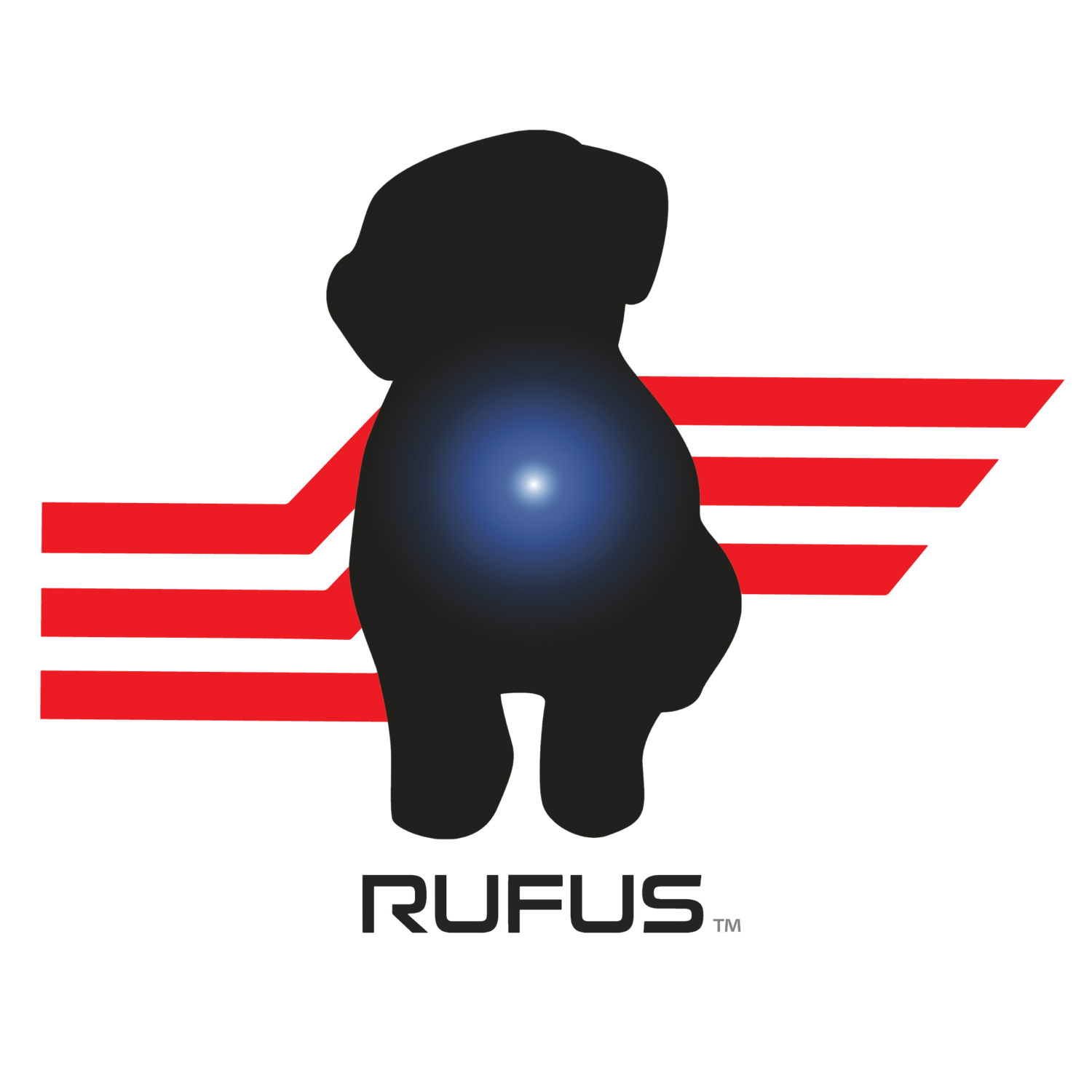Top Trends Driving Change and Technology Strategy Within Logistics and Transportation Management
Supply chain and transportation disruptions can deeply impact inventory and production. As we continue to navigate a volatile market, businesses are turning to technology and automation to insulate their operations.
Many of us realize that the logistics strategies that served us well in the past often don't align with today's unique obstacles. Plus, with the ever-shifting economy, you need solutions that will keep pace and adapt to new challenges.
Fortunately, improved tracking, as well as inventory and asset management systems, can pinpoint areas of friction that could slow down supply chains. Here, we'll look at the top three trends driving change, strategy and technology in the logistics and transportation management industry.
1. Unification of Ecosystems
When it comes to logistics management, many businesses are moving away from more siloed systems toward the unification of ecosystems. As disruptions become more commonplace, siloed systems — with separate teams, processes and systems — lead to greater ripple effects and uncertainty across organizations.
When logistics management systems are more unified, disruptions can be better pinpointed and employees can be more proactive, with less confusion. Tools like productivity management software solutions offer visibility into performance throughout your organization, so you can not only see the big picture, you can easily spot and solve for inefficiencies in a more cohesive way.
2. Intelligent Inventory
In the past, inventory was managed mainly at the planning level. But with product and supply chain fluctuations and shortages, companies are often scrambling to meet consumer demand. Businesses are forced to balance between ensuring they have products in stock and the expense of excess inventory.
Operational excellence means pinpointing where a problem is occurring, as it's happening, so it can be quickly solved. In the past, owners had the luxury of running and analyzing various reports before making decisions. But today, that process is far too inefficient and costly.
More companies are opting to update manual processes with automated inventory solutions so they can centralize data, see products in real time, and more easily order from multiple warehouses, instead of a single supplier.
3. Streamlined Shipping
Worldwide shipping slowdowns, ongoing labor shortages, and supply chain bottlenecks and delays continue to make it difficult for businesses to deliver under tight deadlines and high customer demand.
Ensuring a buyer's order makes it from the warehouse shelf to the doorstep, intact and on time, has become an increasingly difficult feat. Speedy shipping and accurate inventory are tied to a positive customer service, which is ranked as a top priority for a better buying experience — above the quality of products and pricing.
Additionally, suppliers are enduring sky-high freight costs: From container ships to railroad companies to the trucking industry, many of these businesses' shipping rates have hit historic highs since March 2020, according to information from Project44.
Any shipping delays or bottlenecks need to be identified immediately, to avoid costly expedites or significant dips in on-time or in-full deliveries. That's why more and more companies are looking to incorporate tools, like wearable scanners, into their workflow.
What You Do to Save Time and Money
Simplifying tasks for workers and optimizing warehouse operations — including shipping, manufacturing and receiving — are key to boosting productivity and efficiency. Equipping your employees with the right tools can automate critical business processes, saving you time and money.
With Rufus WorkHero, you can track and time any type of warehouse task imaginable, which allows you to monitor wait times and optimize workflow.
For instance, Rufus WorkHero offers a variety of wearable barcode scanners that are both effective and ergonomic. By allowing workers to operate hands-free, these scanners improve productivity and efficiency up to 50 percent. Additionally, familiar Android devices with automatic barcode pairing help your employees onboard quickly and reduce training time.
By connecting workers to automation, you can access insights into errors, particularly repetitive errors, and better investigate what's behind ongoing issues. And you can track the performance of your equipment, allowing for a higher level of quality control.
WorkHero also includes Rufus Intelligence, a productivity management software solution, that offers visibility into performance and productivity. With Rufus Intelligence, you can visualize each worker’s scanning activity, including the number of labor hours put toward different tasks, and the activity levels throughout their shift.
This software solution provides insights beyond just what happened in the last shift, or even the performance of the last week. In a matter of a few months, you can pinpoint wait times and eliminate tasks to maximize productivity across your workforce.
Rufus WorkHero provides all this and more one monthly subscription cost. No hidden fees, starting at just $99/worker.
